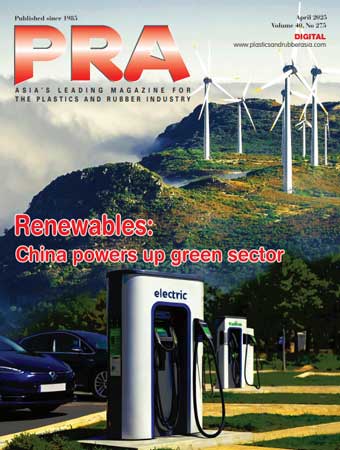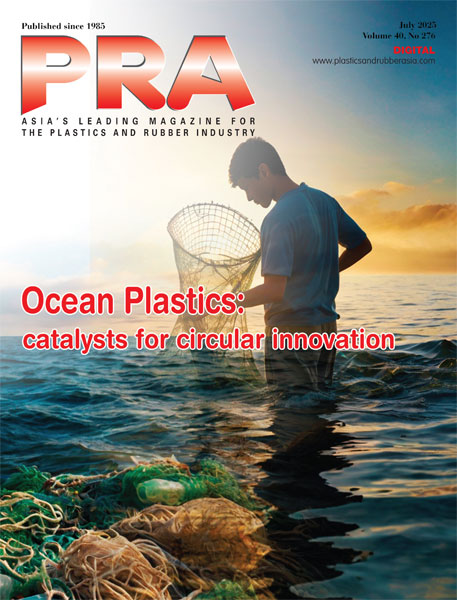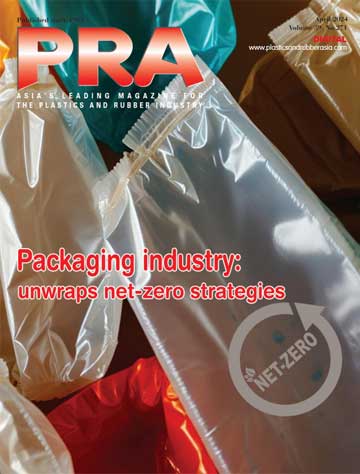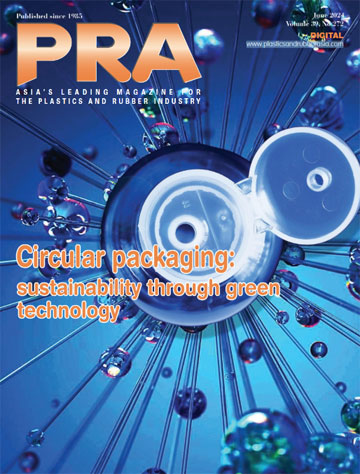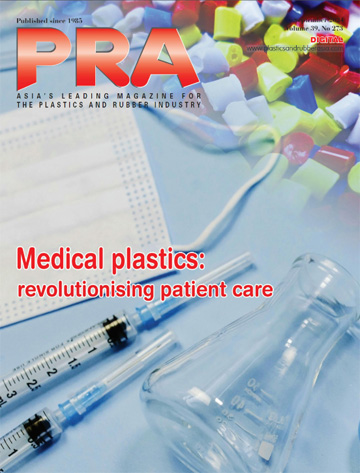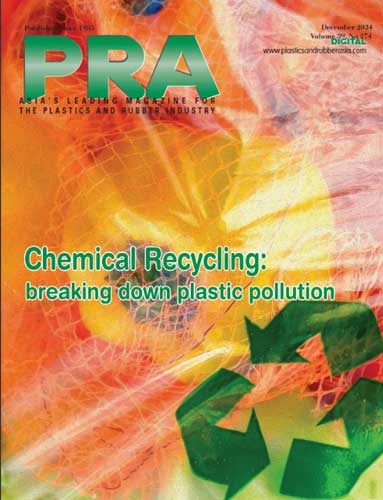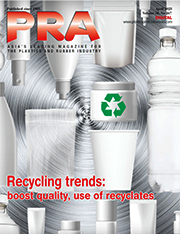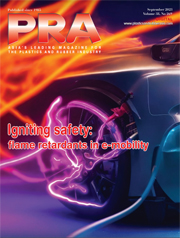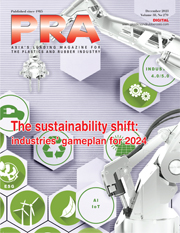Packaging
Chengdu Boshikeru’s metallised PE film for food packaging
Most vacuum metallised packaging on the market generally has three-ply composite structures, consisting of oriented PET or PP substrate layer, metallised PET barrier layer and coextruded PE sealant layer (BOPET or BOPP//m-PET//PE). However, PET is incompatible with PE or PP.
When implementing PE metallisation plating, the industry often faces challenges such as poor metallisation adhesion and bonding strength, poor appearance, high friction coefficient and weak barrier performance.
Thus, to address long-standing challenges in metallised flexible packaging, ExxonMobil Signature Polymers partnered with flexible packaging maker Chengdu Boshikerui New Materials Co (BSKR), Chengdu Fulinda New Materials Co (FLD), and Qinglan New Materials Co.
To overcome these limitations, ExxonMobil and its downstream partner FLD, a functionalised film producer that is experienced in metallised technology, BSKR developed a two-ply lamination film that delivers excellent sealing performance, enhanced needle puncture with comparable stiffness to the incumbent three-ply laminate, while still retaining the barrier performance despite the simplified structure.
In the coextruded PE sealant layer it applied:
- Exceed Tough+ m 0814 and Exceed Flow+ m 0516 high performance PE to deliver mechanical strength and toughness, ensuring package integrity and high needle puncture resistance.
- Exxtra Seal m 2012 enhanced performance PE to provide low-temperature sealability, critical for sealing performance.
- Exceed Stiff+ m 0926 to add structural stiffness, allowing downgauging without compromising processing efficiency or mechanical performance.
BSKR utilised its pre-treatment methods to treat the PE sealant film. FLD and Qinglan, a laminator specialising in film coating solutions, co-developed a novel barrier coating technology.
The pre-treated PE film was first coated with a barrier layer, and then went through a metallisation process with excellent uniformity and high adhesion strength, despite the PE film’s higher elongation nature.

Subsequently, the vacuum metallised polyethylene film (VMPE) was laminated with BOPP, resulting in a 90μm twoply BOPP//VMPE lamination structure.
Final metallised PE film outcome with better results
The result is a vacuum metallised PE (VMPE) film laminated with BOPP, forming a BOPP//VMPE lamination structure. The solution can be applied to a wide range of food packaging requiring superior barrier properties. With the removal of PET content in the lamination, this new film has a 100% polyolefins (PO) structure.
The resultant film has a simplified structure with thinner gauge while maintaining superior barrier performance and packaging integrity.
Compared to the incumbent, this innovative solution provides following key attributes:
- Simplified film structure from three-ply BOPP//VMPET//PE to two-ply BOPP//VMPE laminate;
- Total thickness of film was downgauged from 125 to 90 microns without compromising the convertibility and standability of stand-up pouch;
- Superior barrier performance versus the incumbent three-ply film with oxygen transmission rate (OTR) at less than 0.5 cc/(m2 ·day) and water vapour transmission rate (WVTR) at less than 0.5g/(m2 ·day);
- Enhanced package integrity with excellent needle puncture resistance.
The partners say the cutting-edge VMPE film with simplified structure developed through the value chain collaboration between is a breakthrough in metallisation technology. The BOPP//VMPE solution can be applied to a wide range of food packaging requiring superior barrier properties.
OxBarrier launches licensing programme for patented compostable capsules
Elsewhere, Netherlands-based OxBarrier has officially launched its first technology licensing programme for its patented compostable single-serve capsule technology. It features an integrated oxygen barrier specifically designed for the single-serve coffee capsule industry, thus ensuring long-term freshness and flavour while eliminating the environmental impact of traditional capsules.
The company's single-serve capsule technology patents have been granted in more than 30 countries, including all major European markets, Canada, and Australia, it added.
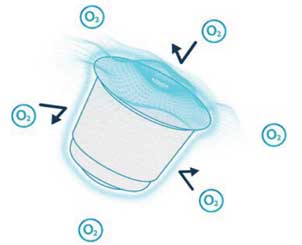
While the company did not disclose the material composition of its coffee pods, it has a substantial intellectual property portfolio to protect the technology.
Through its licensing programme, OxBarrier is making its technologies available to partners worldwide. This enables coffee brands and manufacturers to accelerate their sustainability commitments while meeting consumer demand for high-performance, compostable single-serve solutions.
The global coffee pods and capsules market was valued at over US$38 billion in 2023 and is forecast to surpass US$58 billion by 2030, according to Grand View Research. This expansion carries an environmental cost, with an estimated 576,000 tonnes/year of capsule waste generated and millions ending up in landfills, according to reports from Mongabay and Earth.org.
"Single serve capsules are a symbol of modern convenience, but they've also created a global waste challenge," says Boele Oltmans, OxBarrier's Managing director. "OxBarrier's technology allows brands to offer compostable capsules without sacrificing quality or shelf life. Our goal is to help the industry transition to sustainable single-serve packaging at scale, hence our drive to 'Preserve with Purpose'," he added.
(PRA)SUBSCRIBE to Get the Latest Updates from PRA Click Here»

